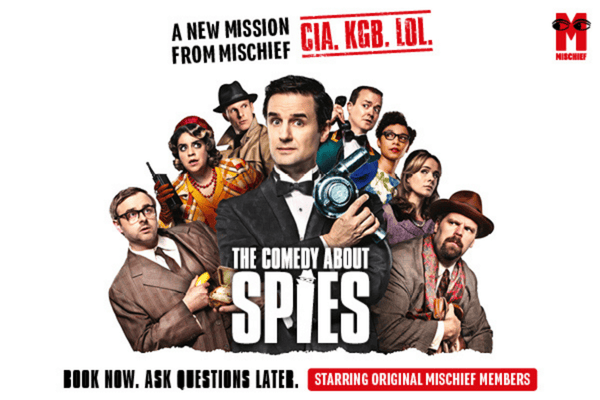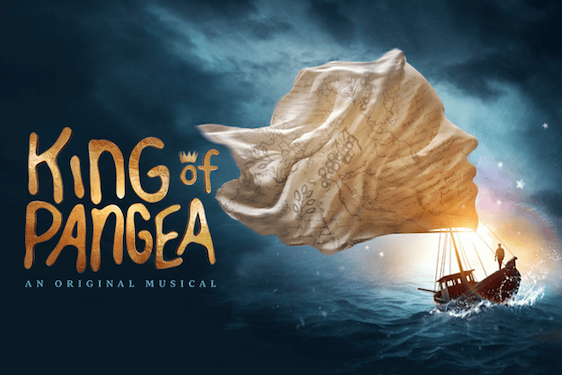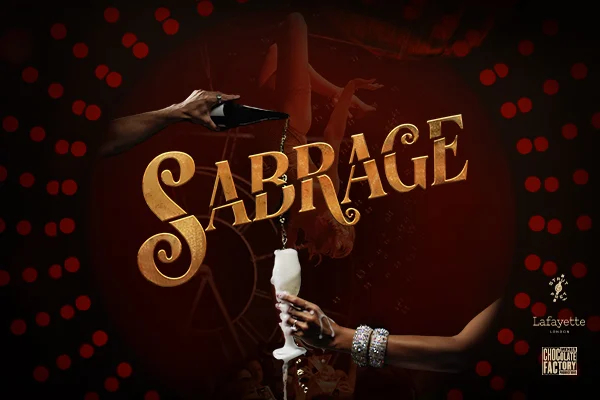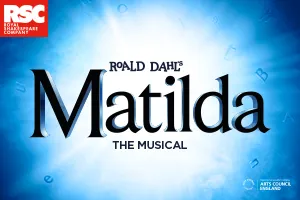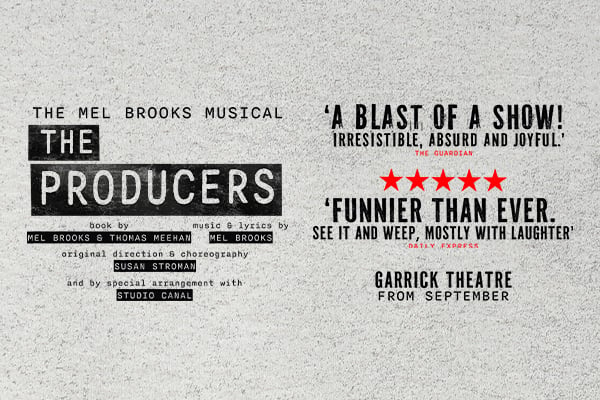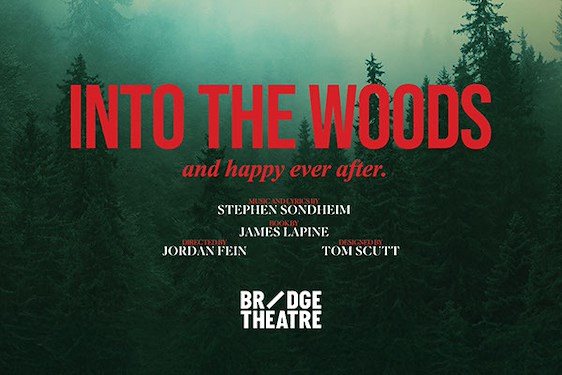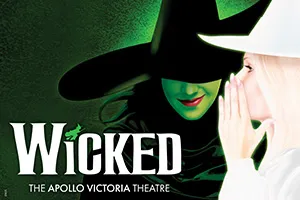Publicity for Lady With a Dog, written and directed by Mark Giesser, at Upstairs at the Gatehouse, promises a version in which ‘Chekhov’s famous short story of romance and infidelity is modernised and reimagined for the British Jazz Age’. As a period descriptor for the years 1923-27 it raises the hope that there might at least be a solitary saxophone somewhere, but there is no hint of the musical genre to be found anywhere.
Solid performances all round and some witty remarks and even a touch of humour
By way of compensation, there is a tango, choreographed by Xena Gusthart, who is presumably also responsible for the rather curious twirl motif actors perform when making certain exits and entrances and when moving props to create a change of setting. The other promise of ‘a dazzling art-deco aesthetic’ also fails to materialise. Costumes designed by Alice McNicholas, reflect the period, but with one exception rely upon a pale pastel palette.
The opportunity to reinforce the sense of period through the backdrop, which may have existed in an earlier version, is also missed. Instead of maximising the potential by using the geometry of the age to create a locale, there is a landscape of a Scottish loch, the setting in which most of the action takes place. This is vividly portrayed in artwork resembling painting by numbers, with glaring shades of turquoise and blue depicting the water, with mountains in the background and the eponymous pair gazing into the distance, the lattice frames suggesting the we are on the inside looking out.
What’s appealingly clever about this production, however, is how Giesser has added spouses to Chekhov’s original story and how the the four characters are interwoven. Damian (Richard Lynson) is married to Elaine (Laura Glover); Anne (Beth Burrows) - she of the Pomeranian - to Carl (Toby Manley).
Damian is a banker, and whilst devoted to his family, in a respectable middle-class way, he is, nevertheless a philanderer and serial seducer, as his wife knows only too well. They have long-since stopped taking holidays together and she is more than happy to have time to herself while he goes off on various womanising jaunts,
Hence we find him in a highland hotel surveying the scene rather than the scenery. He espies Ann and, with the formality and subtlety befitting his status and the period, commences his game of cat and mouse. He is fortunate that his prey is in similar position to himself. Her husband has no problem with allowing her to take solo trips, while he sits at home in Wiltshire revelling in his exaggerated war-wound (little more than a recurring eye condition) and contemplating a life in politics, with Ann playing the dutiful supportive role. Perhaps, however , she wants more than that in life. Whilst the main actions is between Damian and Ann, their spouses make frequent appearances and converse with each other and their partners making observations on their lives and relationships that provide perspectives and background on the situation.
There are solid performances all round and some witty remarks and even a touch of humour at times. Mostly, however, it is the sense of boredom in the character’s lives that dominates. The prolonged flirtation and observations on social standing provide very little by way of action, intrigue or surprises. For those enamoured of the period and it’s associated manners it might prove rewarding but other might just find it bland.







